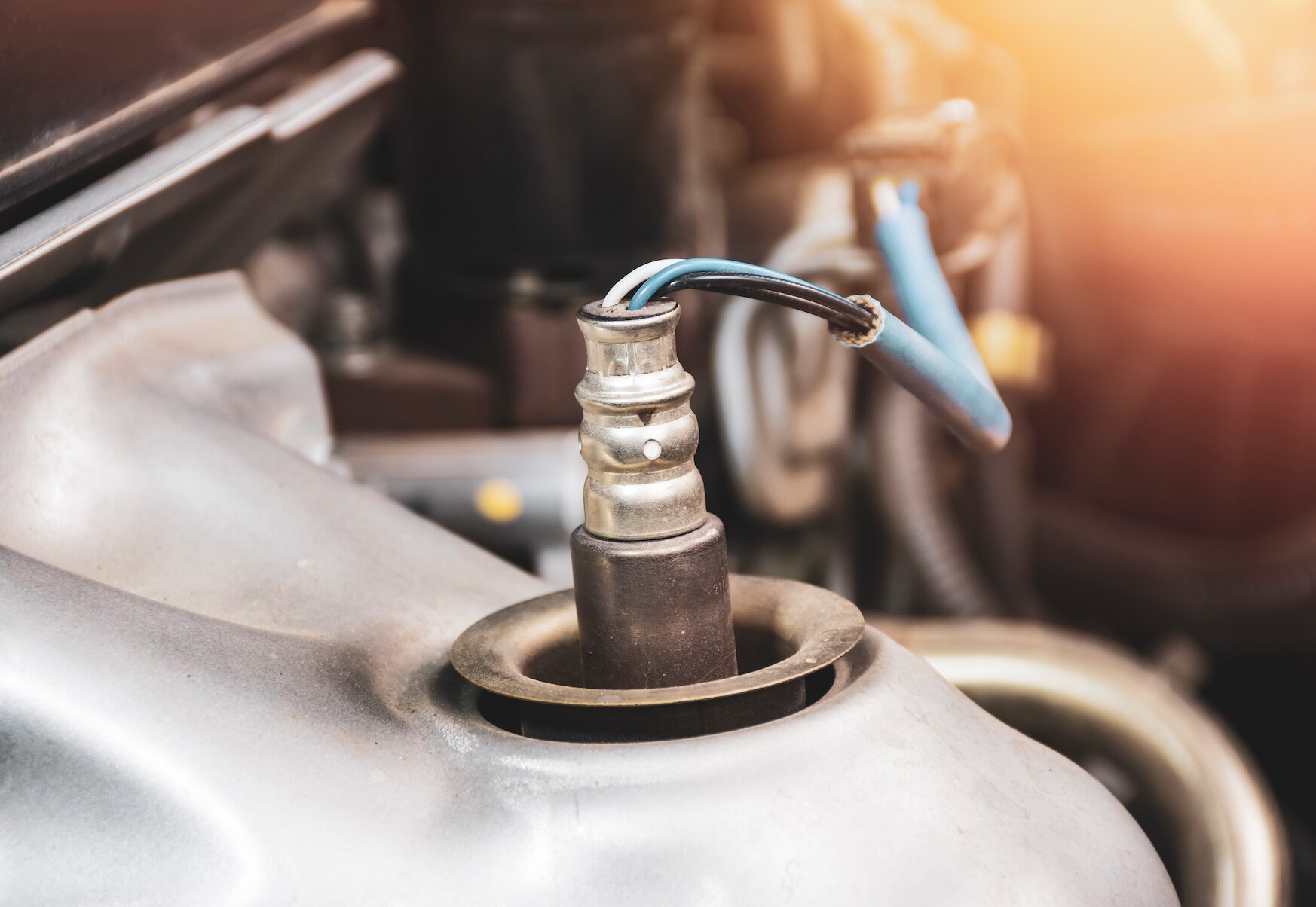What fresh Horror is this?
When the infamous "Check Engine light" comes on the very sight of it can cause dismay, a furrowed brow, and a knot in the stomach. Nobody wants to deal with a check engine light. Yet there it is, glowing amber for all the world to see. Fortunately, the vast majority of the time, that little engine icon means that your motor is either running too rich or running too lean thanks to a faulty oxygen sensor. In fact, a malfunctioning oxygen sensor is the number one reason why check engine lights come on in motor vehicles in the United States, right at the top of the list behind a loose gas cap or that your catalytic converter is failing.
If you own a new car that is still under warranty and you have a defective o2 sensor, it is covered under the automaker's warranty. Oxygen sensors can last for up to 100,000 miles on today's vehicles. But if you have an older car, sensors can malfunction after about 50,000 miles and need to be replaced. If you don't replace a faulty oxygen sensor it can cause the engine to run unbalanced, creating chemical deposits and failure of your catalytic converter. Replacing the oxygen sensor only costs a few hundred dollars at a shop where replacing a catalytic converter can run up to $2,500! It pays to replace that sensor.



